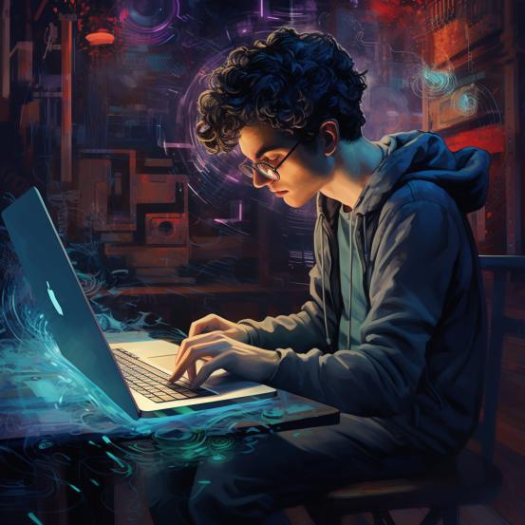Quick Tip Wednesday: How to Set Up a Gratitude Month
Welcome back to Quick Tip Wednesday!
2 min read
Rebecca Barron : Jan 8, 2024 10:30:00 AM

Remember that childhood dream of a magic writing machine effortlessly spewing out stories on command? Well, it’s here now in the form of ChatGPT and its kin. With these AI tools generating essays and articles at light speed, a complex question arises: Does using AI for schoolwork constitute plagiarism?
The answer is far from straightforward. Let's examine some perspectives.
For many, AI-assisted work instantly raises the specter of cheating. After all, students submit content created predominantly by a machine, not their own mental effort. Additional arguments:
However, let's not jump to conclusions just yet. The world of AI is far more intricate than it seems. With careful application, AI has the potential to enhance student learning greatly. Consider:
How, then, should educators navigate this AI-powered terrain? Policymaking should consider these key principles:
Beyond writing assistance, AI is transforming job landscapes across sectors. Understanding its capabilities and limitations is becoming a crucial future-ready skill for all students.
Educators play a key role in preparing students for an AI-powered world by:
With insight and preparation, we can develop students' understanding of AI as a powerful tool to aid human endeavors, not a replacement for them. This provides the strong ethical foundation they need to harness AI applications in their future college, career, and civic paths.
The integration of AI into education raises critical questions for policymakers and educators. As AI capabilities rapidly advance, we need wisdom and nuance to develop policies and curricula that allow AI to enhance, not undermine, student learning.
The path forward requires flexible, collaborative policies focused on pedagogy over prescriptiveness. With care and insight, we can establish ethical AI guidelines that support human skills like creativity and critical thinking. Although risks exist, the possibilities are immense for AI and humans to complement each other in service of deeper learning. By embracing thoughtful innovation, we can craft an educational future where AI illuminates new horizons for human potential.
.png)
Welcome back to Quick Tip Wednesday!

Mid-Year Reflection: Your Secret to a Stronger Second Semester
A great way to get your learners engaged in your Alludo program is by keeping the content in your program up-to-date and relevant. Rebecca has...